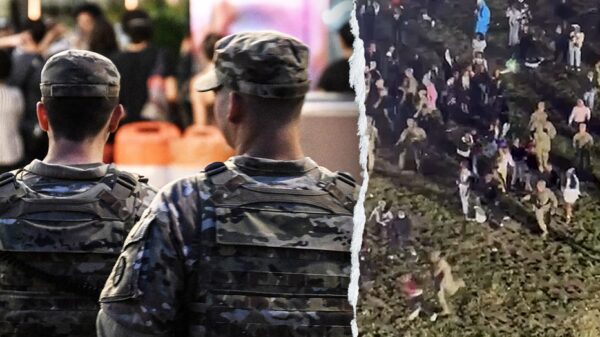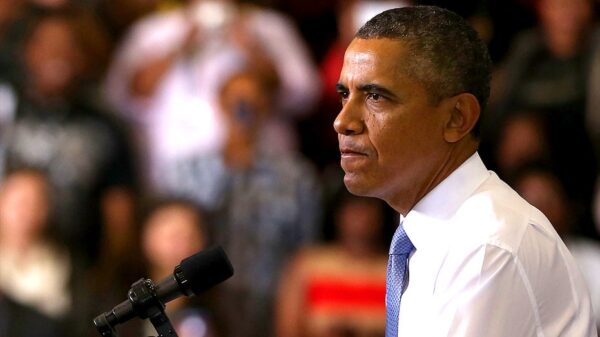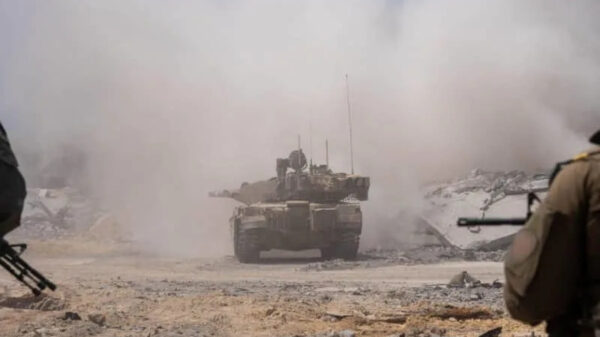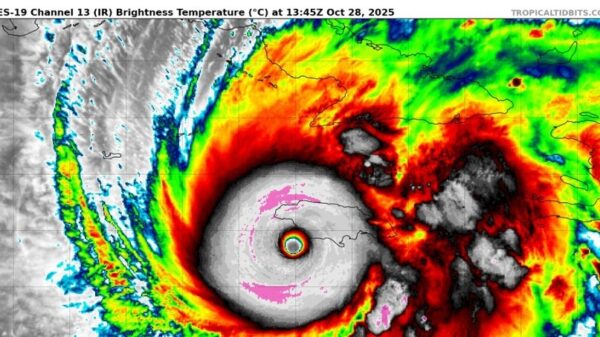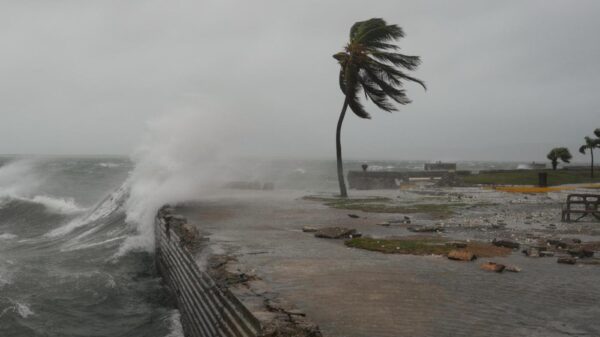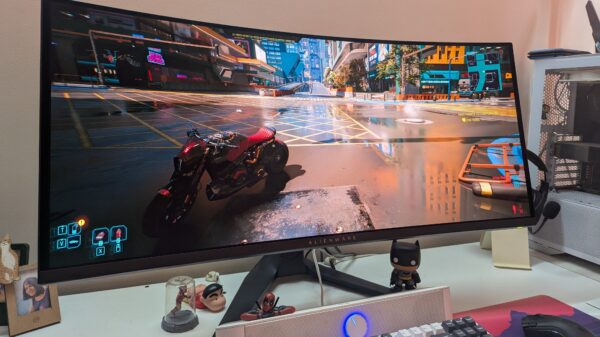During a recent address at the AFCEA TechNet Indo-Pacific conference in Hawaii, Lt. Gen. Joshua Rudd, deputy commander of INDOPACOM, emphasized the significance of networking as a crucial trend shaping modern warfare. He described this phenomenon as a “mega trend” that integrates three smaller trends fundamentally altering military operations in the region.
The Central Role of Networking
According to Rudd, the overarching trend of ubiquitous competition for networks is vital for effective military engagement. He stated, “If you can’t network all these systems capabilities together on an architecture that enables us to connect and apply and move data, move information, move updated software at the speed of war, none of that works.” This concept encapsulates how military powers increasingly rely on interconnected systems to maintain operational superiority.
The three meta trends identified by Rudd include information and cognitive operations, the democratization of drones, and precision strike capabilities. He emphasized that the information revolution is still in its early stages, with social media and artificial intelligence significantly influencing public opinion and political decisions. “What happens on YouTube, Instagram, TikTok, that might affect whether we do or don’t move troops,” Rudd noted, highlighting the importance of information operations in modern military strategy.
Transforming the Battlefield with Drones
Rudd also addressed the rapidly changing role of drones in warfare. While drones have transformed the battlefield, especially in conflicts like the one in Ukraine, he cautioned against viewing modern warfare as solely drone-centric. “Gone are the days of where only great powers possessed unmanned capability,” he stated, emphasizing that technologically advanced systems are now accessible to a broader range of actors, including startups capable of producing effective unmanned systems.
This democratization of drone technology has reshaped traditional combat strategies. Rudd pointed out that consumer drones, when combined with innovative tactics, have provided defensive capabilities previously unimagined. “This trend fundamentally changes the traditional calculus of assault warfare,” he remarked, illustrating the evolving nature of military engagements.
Moreover, Rudd highlighted how drones can facilitate safer operations by allowing unmanned systems to make first contact, reducing the risk to human troops. This shift in tactics has profound implications for both offensive and defensive military strategies.
Precision Strike and Decision Superiority
Another critical aspect of the current military landscape is the use of commoditized space access, advanced propulsion technologies, and enhanced computing power. Rudd explained that these advancements are making targeting processes more efficient and lethal. “Survivable, penetrating strike warfare is becoming increasingly salient for influencing political decision-makers,” he said, underscoring how precision munitions can strike critical targets with minimal collateral damage.
This capability holds particular significance for the Indo-Pacific region, where vast distances complicate military operations. Rudd stated that the ability to deliver precise strikes at great distances fundamentally alters deterrence strategies. “The competition isn’t just about hardware or software. It’s about creating an integrated system that delivers decision superiority, as well as command and control,” he asserted.
Ultimately, Rudd’s insights reveal that the future of warfare will be defined not only by technological advancements but also by the ability to connect and integrate these capabilities effectively. The side that masters cognitive operations and precision strikes will shape the future security environment in the Indo-Pacific and beyond.

